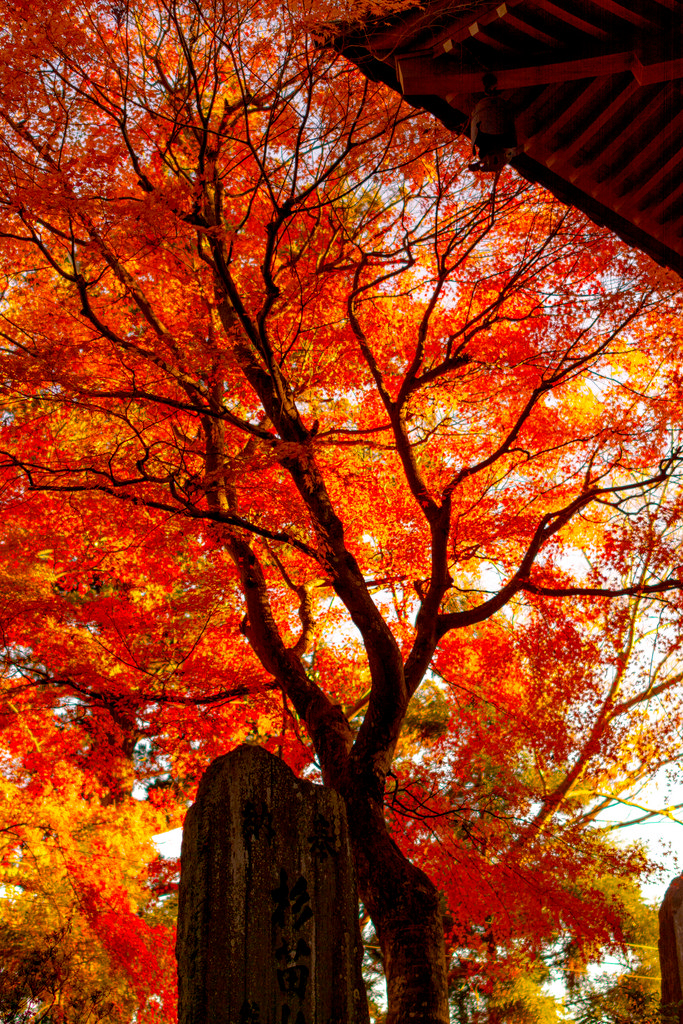As the Ordovician period progressed the environment changed. Atmospheric CO2 plummeted from 7000 to 4400 ppm and the Earth cools. This may have been partially caused by green, aquatic algae and land plants as they sucked and sequestered atmospheric CO2.
Last week, I introduced the concept that green algae (but not their brown, red and gold counterparts) are actually plants that outnumber the leafy things we're all familiar with. You were probably left wondering how one gets from Ulva and Volvox to a redwood. As it turns out differences between land plants and green algae have everything to do with the different environmental challenges they face.
All throughout fall we at Our City Forest receive panicked emails from residents about their trees. Everywhere it seems that young, healthy trees planted earlier this year are dying. People blame lots of things for this, the drought, insects, poor soil, or even Our City Forest. More often than not the blame rests on autumn. In New England the height of the leaf season has come and gone. The hills are no longer awash with red, yellow and orange, or smell of leafy petrichor, crisp on cold winds. Here in San Jose, deciduous trees (trees that shed leaves) are at the tail end of the fall color season, entering their winter dormancy.
We don’t blame people for not knowing about autumn. Many people in the region come from subtropical areas with long growing seasons. Many more have no direct experience with plants, trees and the peculiarities of seasonal changes. This is the first part of a multi-part series on plants, plant science and arboriculture to shed light on our photosynthetic friends (in a metaphorical sense).
Plants love light after all.
When I say “plants” chances are you picture big, leafy trees, flowers, shrubs and maybe some of you think of ferns and moss. All of these images are correct but incomplete. Land plants, the plants most humans are familiar with, actually constitute a small fraction of the diversity of the Plant Kingdom.
The vast majority of plants, by population, are actually aquatic, green algae. (Flowering plants dominate other plant types in terms of species richness). Like the plants you're familiar with, they come in a variety of shapes and sizes. Most are microscopic but many are visible to the naked eye and come in a variety of shapes and sizes. From nesting, spherical Volvox to leafy, filmy Ulva green algae dominate the plant kingdom. (Not kelp though, that’s brown algae).
The variety of green algae in the sea is stunning
So what makes a plant a plant? All plants, as it turn out, have similar cellular structure. Plant cells are eukaryotic, meaning they have an array of membrane-bound organelles, including a nucleus. All have cell walls made of cellulose, which provide the cells with structure and protection.
A plant cell. Note the cell wall, vacuole and chloroplasts
Plants also have chloroplasts, specialized double-membrane organelles for photosynthesis containing “a” and “b” type chlorophyll pigments. Chloroplasts are thought to have arisen from symbiotic cyanobacteria that lived within the common ancestor of plants billions of years ago. Scientists have discovered they have their own, unique genome like mitochondria. Red and brown algae have chloroplasts also but their chloroplasts use different pigments and have more membrane layers. (They also go through distinctive developmental phases that plant cells do not go through). Plant cells also have large, central storage vacuoles that maintain the cell’s shape via turgor pressure.
There are approximately 300,000-400,000 species of plants on Earth and more are described every year by botanists, ecologists and microbiologists. Almost 250,000 of these species are flowering plants (angiosperms). The next post in this series will focus on plant anatomy and physiology (did you know plants have hormones and that they do really rad things?) and after that we’ll focus on tree-specific topics. Hope you enjoy.









